The residential property market in Delhi NCR witnessed a significant surge in luxury home sales during the first quarter of 2024, driven by heightened demand for high-end properties and limited land availability for new constructions, leading to an upward pressure on prices.
Market Overview:
According to data analyzed by property consulting firm Anarock, over 27,000 luxury units were sold pan-India, constituting approximately 20.8% of all residential property sales, which totaled 130,170 units. The National Capital Region (NCR) emerged as the leader in luxury property sales, with around 6,060 units sold, representing a substantial 39% share of the total residential sales in the region during Q1 2024.
Trend Analysis:
Data from Knight Frank further highlights the dominance of the luxury segment in Delhi-NCR, with sales in the Rs 1 crore segment accounting for 68% of the total sales volume between January and March 2024, totaling 10,558 units. This trend is consistent with the previous year, where Delhi-NCR witnessed a remarkable surge in luxury home sales, with 5,530 units sold in 2023, marking a 197% increase compared to 2022.
Factors Driving Demand:
Industry experts attribute the surge in luxury home sales to various factors, including the strategic investment by Non-Resident Indian (NRI) investors, who have contributed over Rs 3400 crore to DLF's sales for the fiscal year 2023-2024. Moreover, the changing preferences of affluent buyers, who now view luxury properties as lucrative investment opportunities rather than mere lifestyle upgrades, have further fueled demand in this segment.
Shift in Buyer Focus:
Data from Sotheby's International Realty indicates a significant shift in buyer focus towards capital appreciation, with the number of buyers prioritizing this factor doubling from 22% to 44%. This trend is supported by the growing population of affluent individuals in India, expected to nearly double to 100 million within three years, according to Goldman Sachs Group Inc.
Expansion Beyond Urban Areas:
The demand for luxury properties has extended beyond urban areas, with farmhouses gaining popularity among buyers seeking larger living spaces and access to green areas. Areas like Chattarpur and Mehrauli-Gurgaon Road in Delhi showcase high-priced farm houses ranging from Rs 10 crore to Rs 100 crore.
Land Acquisition Trends:
Furthermore, land acquisition trends in Delhi-NCR reflect a growing interest in residential and township projects, with Gurgaon emerging as the prime location for major land deals. While developers like DLF Homes and Signature Global have secured substantial land parcels for large-scale residential projects, notable individuals like Zomato founder Deepinder Goyal have also made significant land purchases in the region.
Impact on Real Estate Sector:
The surge in luxury home sales has had a profound impact on the overall real estate sector in Delhi-NCR. Developers are now focusing more on catering to the demands of affluent buyers, leading to a shift in their project portfolios. This shift is evident in the increased number of luxury projects being launched in prime locations across the region. Additionally, the rising demand for luxury properties has prompted developers to innovate and offer amenities and features that cater to the discerning tastes of high-net-worth individuals. These amenities include state-of-the-art security systems, eco-friendly infrastructure, and personalized concierge services.
Investment Opportunities:
The booming luxury real estate market in Delhi-NCR has opened up lucrative investment opportunities for both domestic and international investors. With the potential for high returns on investment, luxury properties have become a preferred asset class for investors looking to diversify their portfolios. Moreover, the stable growth trajectory of the luxury segment, coupled with the growing demand from affluent buyers, makes it an attractive investment option in the long run. As a result, investors are actively seeking out opportunities to invest in luxury properties in prime locations across Delhi-NCR.
Government Policies and Regulations:
The surge in luxury home sales has also prompted government authorities to review and amend existing policies and regulations governing the real estate sector. Measures such as streamlining approval processes, easing foreign investment norms, and providing incentives for luxury property developers have been introduced to further boost the growth of the luxury segment. Additionally, the government's focus on infrastructure development and urban planning initiatives has contributed to the overall positive sentiment in the luxury real estate market.
Future Outlook:
Looking ahead, the future of the luxury real estate market in Delhi-NCR appears promising, with several factors contributing to its sustained growth. As urbanization continues and the population of high-net-worth individuals rises, the demand for luxury properties is expected to remain robust. Developers are likely to capitalize on this trend by launching more upscale projects that cater to the evolving needs and preferences of affluent buyers.
Moreover, with the increasing focus on sustainability and green living, luxury properties incorporating eco-friendly features and smart technologies are likely to gain traction. Buyers are becoming more conscious of their environmental footprint and are seeking properties that align with their values.
In terms of investment potential, luxury real estate in Delhi-NCR continues to offer attractive returns, making it an appealing option for investors seeking long-term appreciation. As property values appreciate over time, investors stand to benefit from capital appreciation, rental income, and potential tax advantages associated with real estate investments.
However, it's essential to note that the luxury real estate market is not immune to market fluctuations and economic uncertainties. External factors such as changes in government policies, global economic conditions, and geopolitical tensions can impact market dynamics. Therefore, investors and developers must remain vigilant and adapt to changing market conditions to mitigate risks and capitalize on opportunities.
Conclusion:
The surge in luxury home sales underscores the evolving dynamics of the residential property market in Delhi-NCR, driven by changing consumer preferences, strategic investments, and growing affluence among Indian buyers. As luxury properties continue to gain traction, developers and investors alike are poised to capitalize on this lucrative segment, reshaping the landscape of luxury real estate in the region.

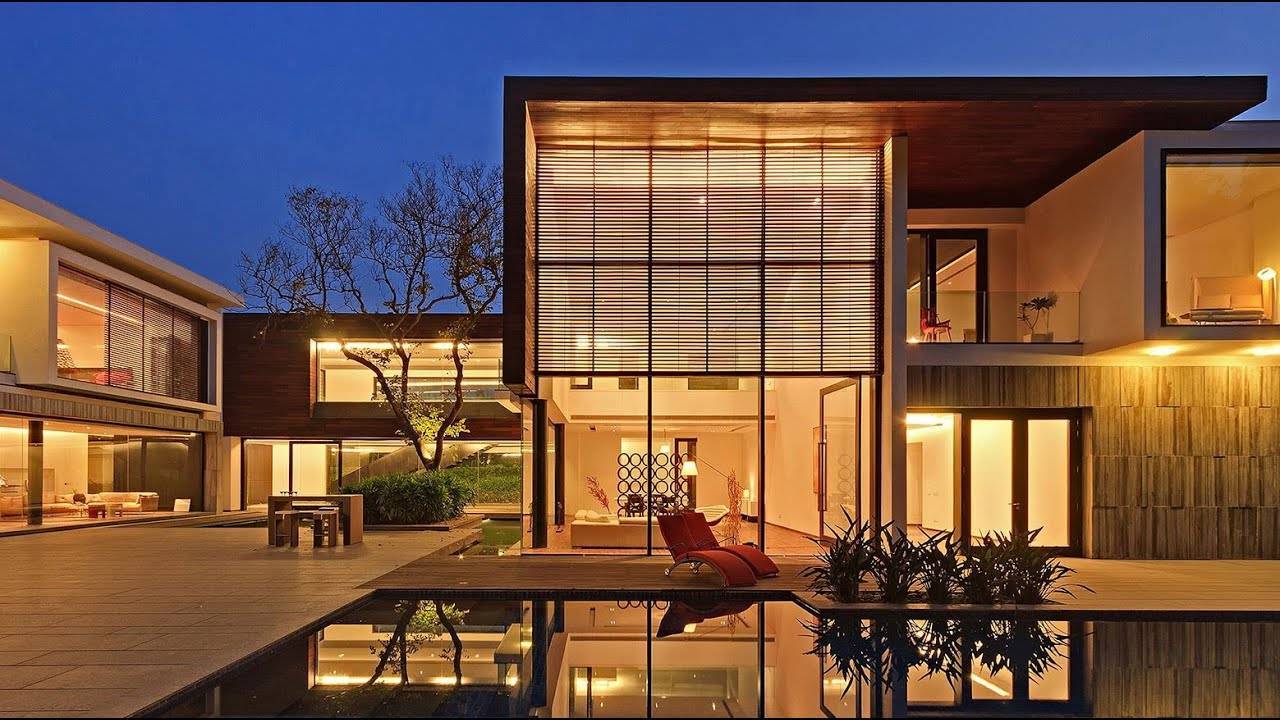

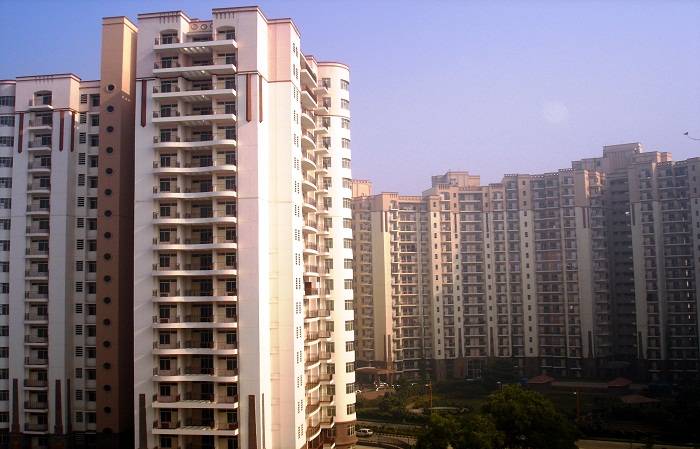

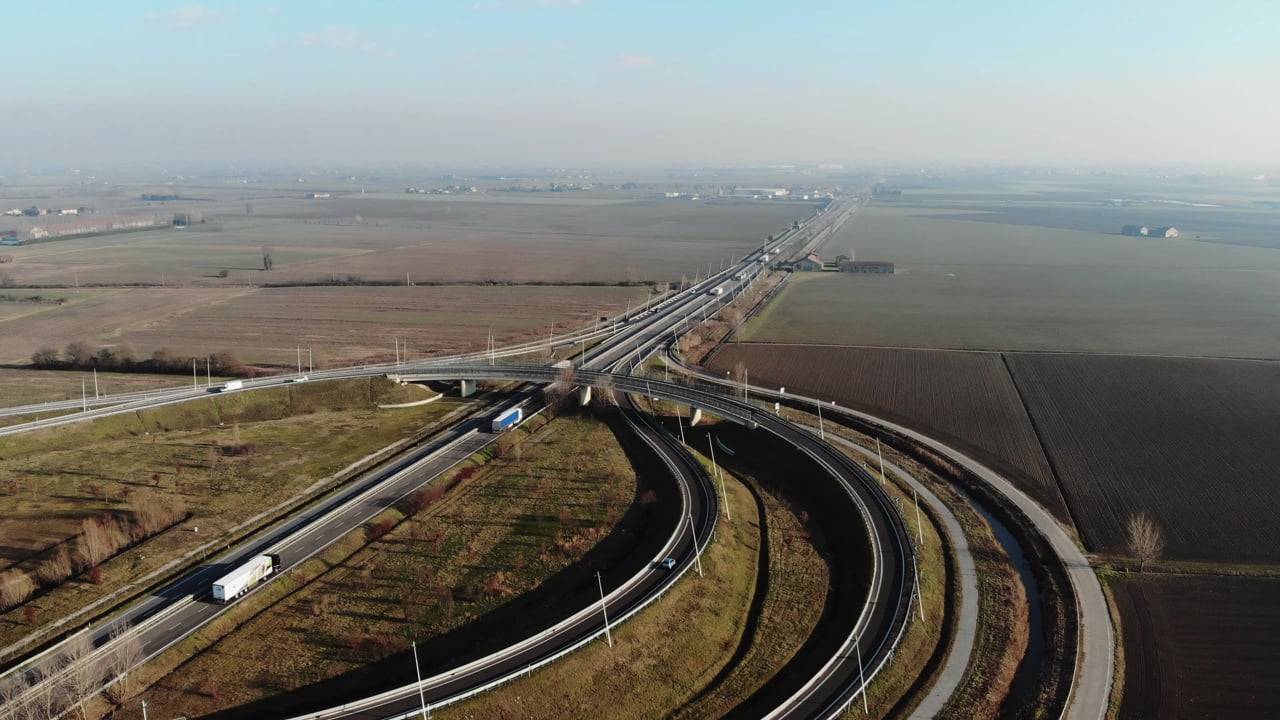
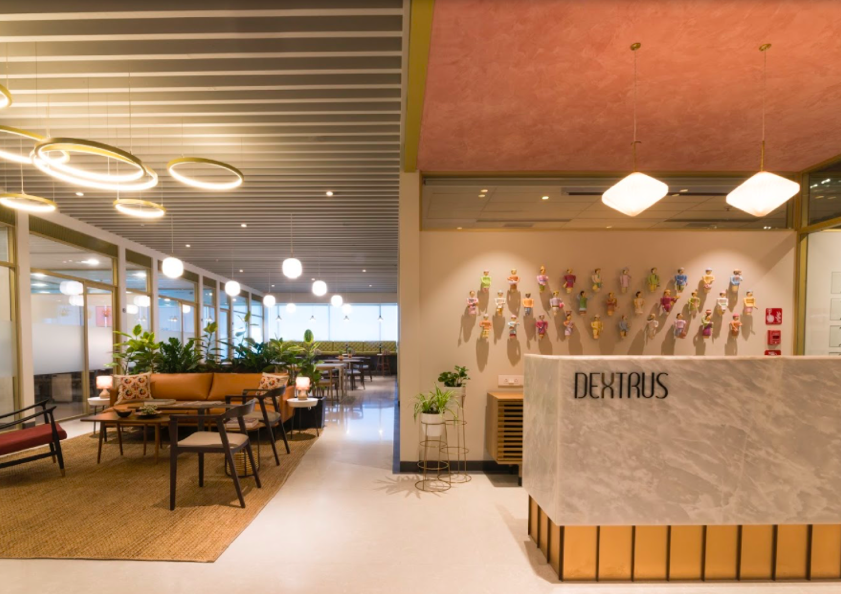
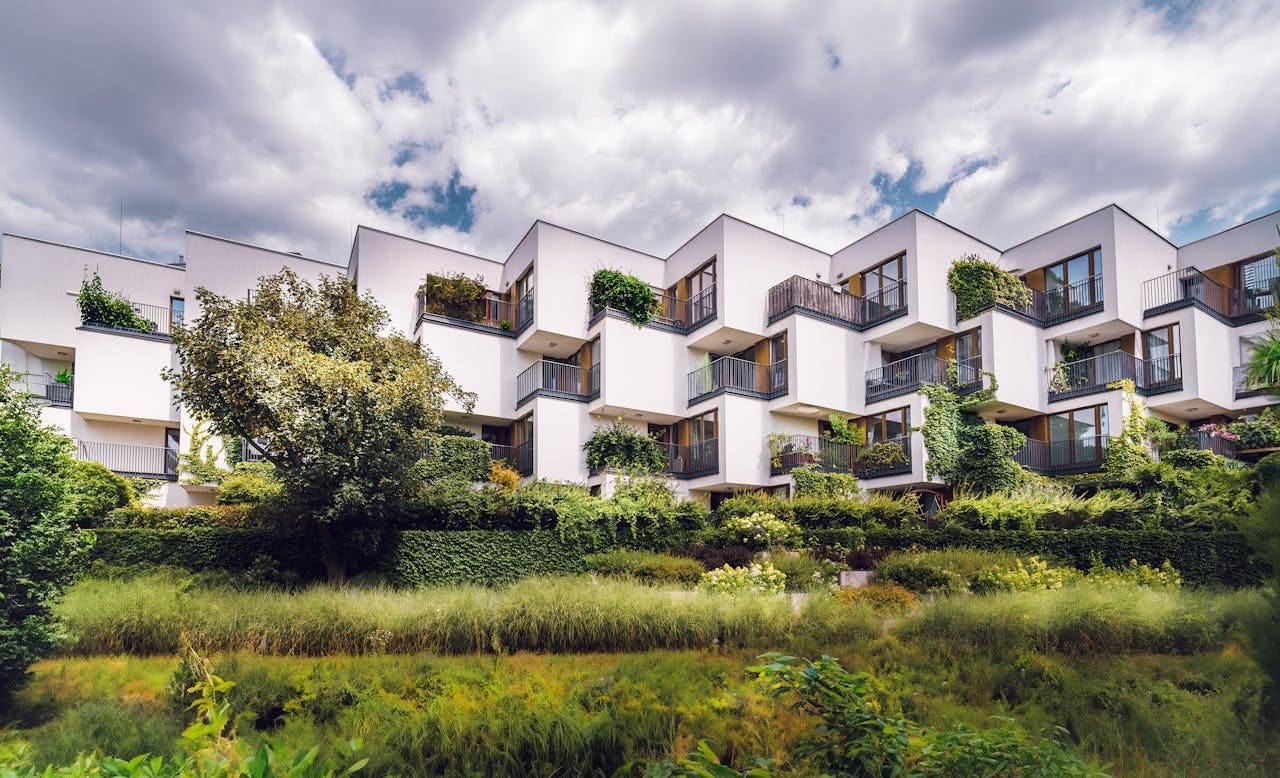
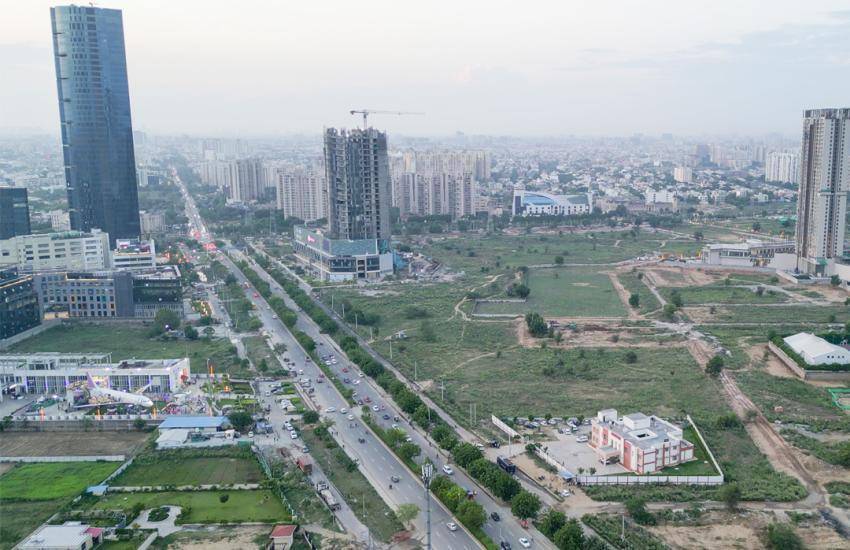
.png)